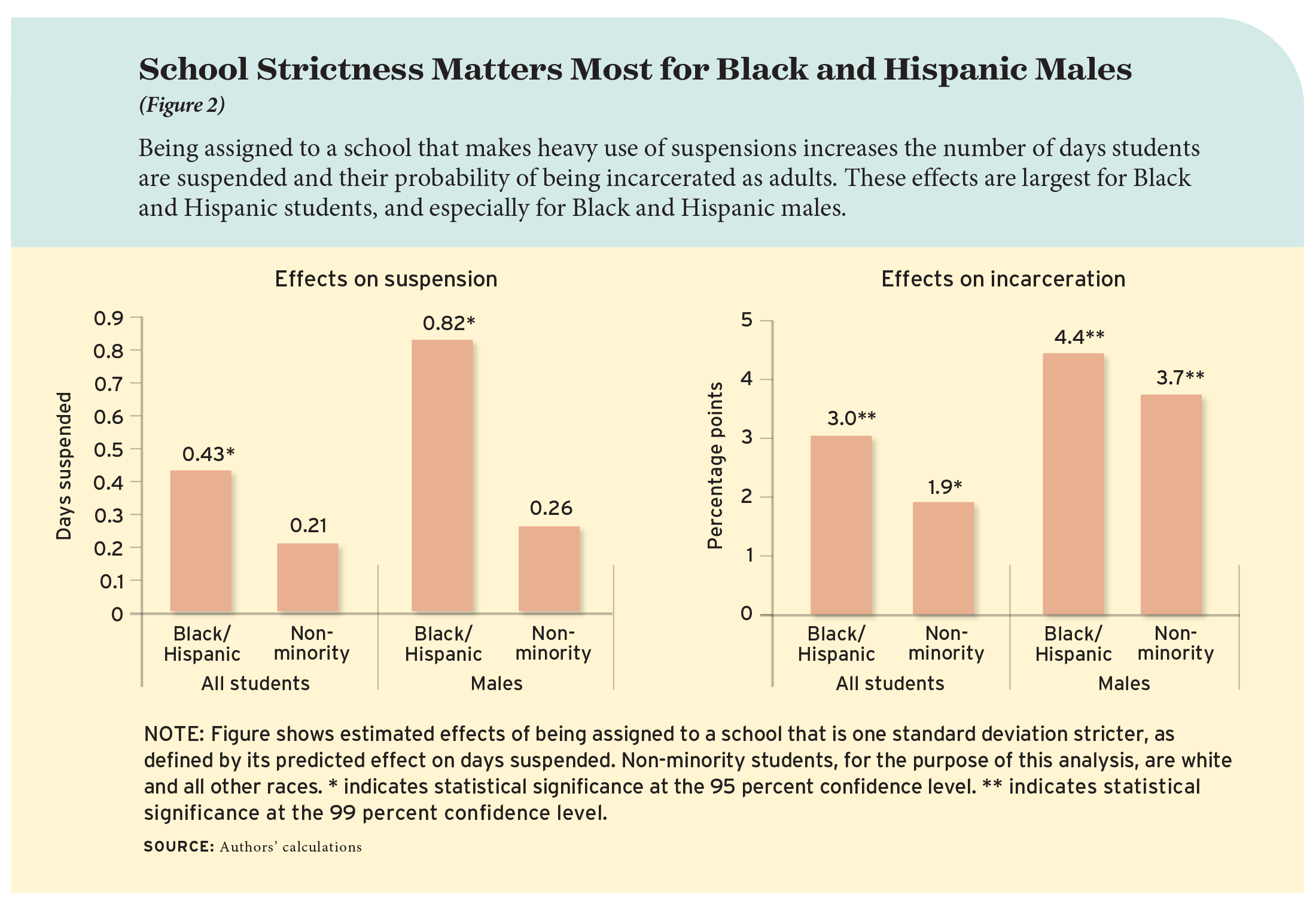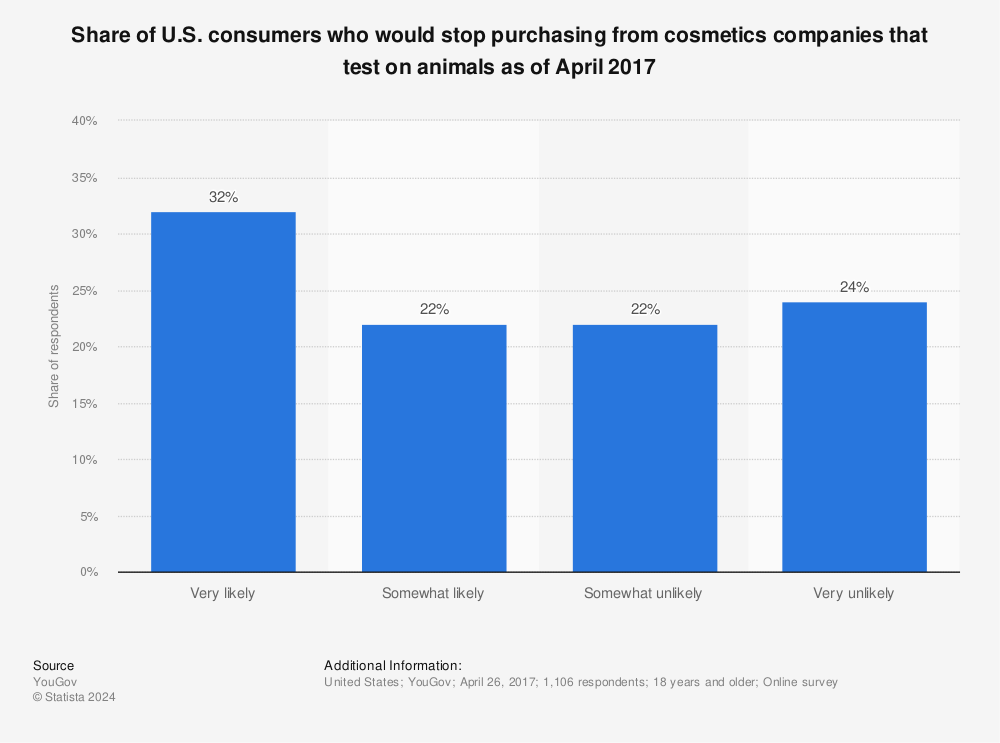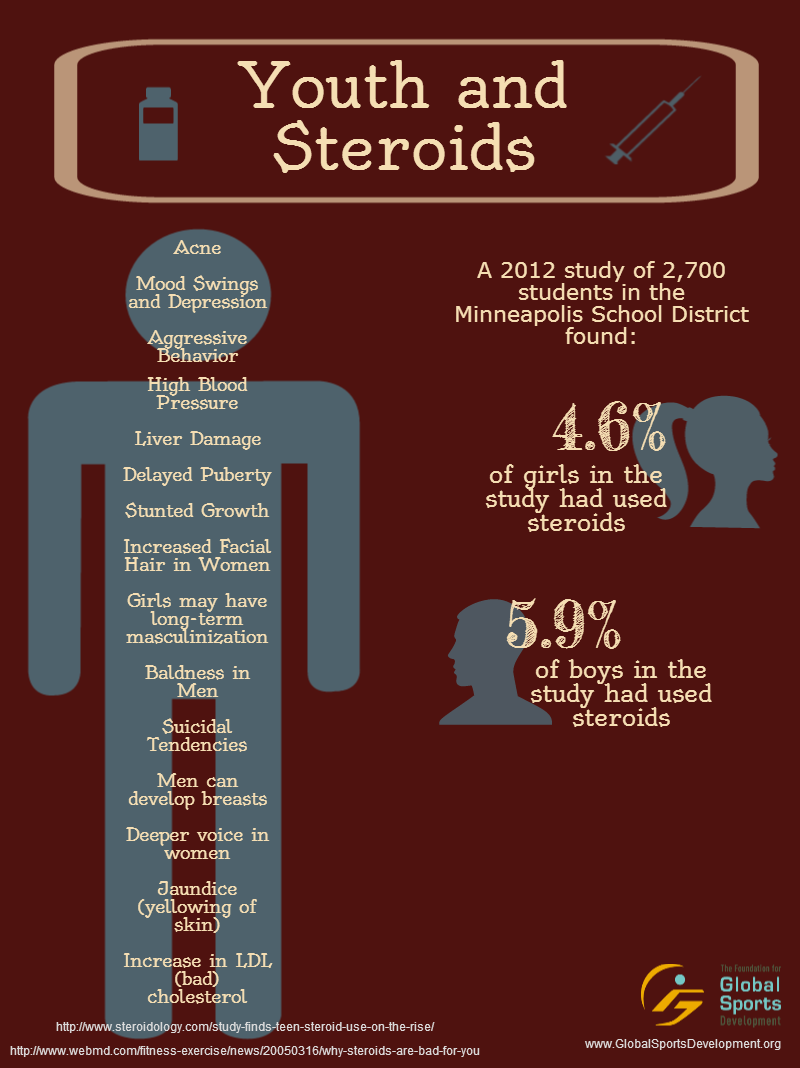Illicit statista chart
Table of Contents
Table of Contents
Illicit drug use statistics reveal a growing problem that affects people of all ages, genders, and socioeconomic backgrounds. From prescription drug abuse to the rise of opioid addiction, many individuals find themselves struggling with a substance abuse disorder at some point in their lives. The consequences can be devastating, impacting not only the individual but also their loved ones and the wider community.
Understanding the Pain Points of Illicit Drug Use Statistics
When we think of drug use, we may envision a particular individual or demographic. However, the reality is that drug addiction does not discriminate. From high school teens to elderly adults, anyone can become a victim of this growing problem. Addiction can lead to job loss, financial strain, criminal behavior, and even death. Furthermore, addiction is often accompanied by related health issues, such as anxiety, depression, and physical health problems.
Answering the Target of Illicit Drug Use Statistics
Understanding the root causes of substance abuse is essential to addressing the problem. Often, individuals turn to drugs as a way to cope with stress, anxiety, or unresolved emotional trauma. Others may start using drugs as a result of peer pressure or curiosity. Whatever the reason, it’s important to recognize that addiction is a complex disease that requires specialized treatment to overcome.
Main Points related to Illicit Drug Use Statistics
Illicit drug use statistics reveal a timely and pressing issue that affects individuals and communities worldwide. From the opioid crisis to the growing trend of prescription drug abuse among teens, drug addiction is a growing public health concern. By recognizing the pain points of addiction and understanding the root causes, individuals can seek the help they need to regain control of their lives. Furthermore, family, friends, and community members can support those in need by offering resources, education, and understanding.
Illicit Drug Use Statistics and the Opioid Crisis
The opioid crisis is one of the most pressing issues in the realm of illicit drug use statistics today. For many individuals, addiction to prescription painkillers such as oxycodone or hydrocodone can act as a gateway to harder drugs, such as heroin. This problem is particularly prevalent in the United States, where an estimated 2.1 million individuals struggle with opioid addiction.
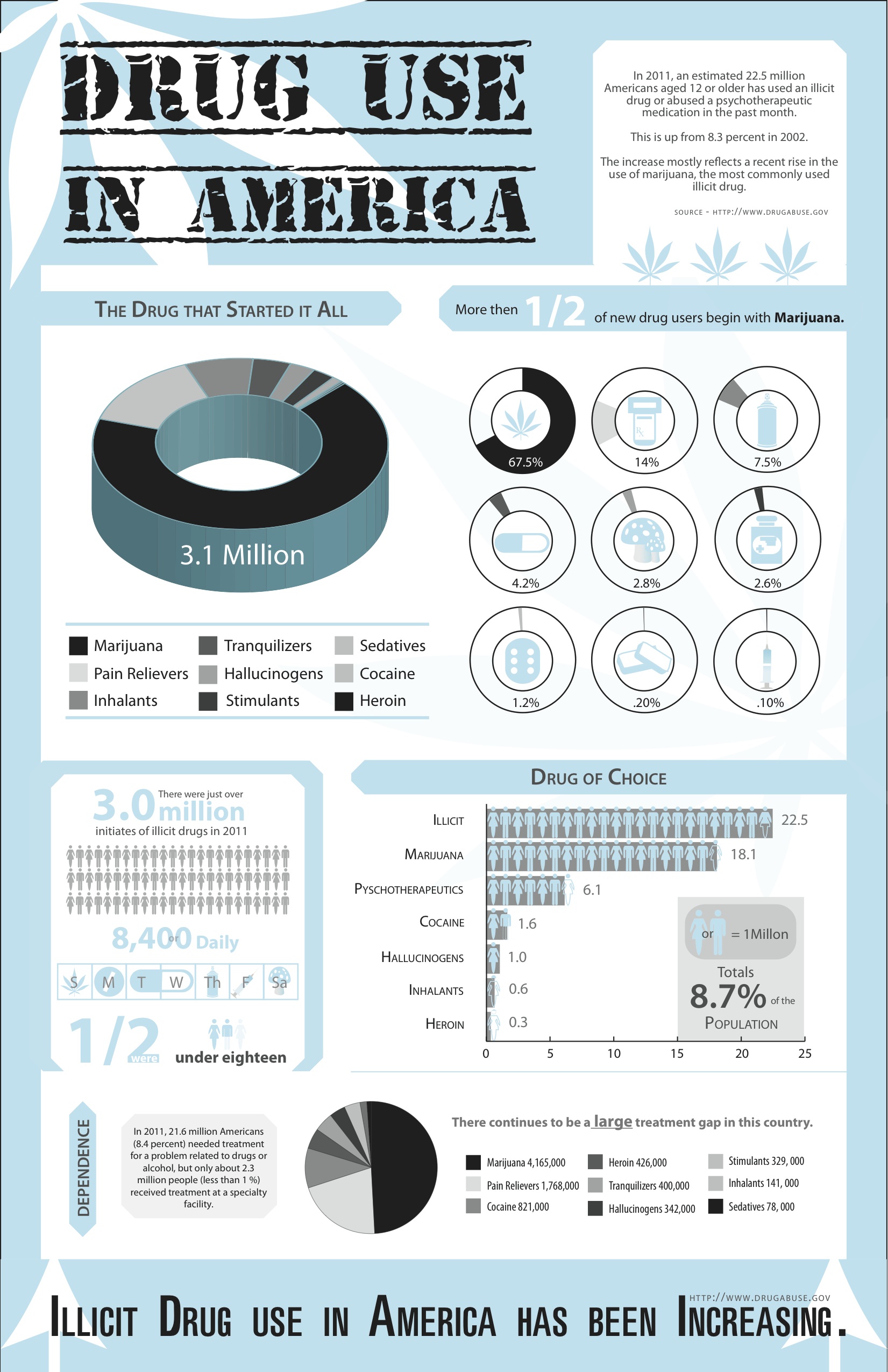 Personally, I have seen the devastating effects of opioid addiction on individuals and families. A friend of mine became addicted to prescription painkillers after a car accident and eventually turned to heroin to feed his addiction. I watched as his life spiraled out of control, leading to broken relationships, financial ruin, and ultimately, his death from an overdose.
Personally, I have seen the devastating effects of opioid addiction on individuals and families. A friend of mine became addicted to prescription painkillers after a car accident and eventually turned to heroin to feed his addiction. I watched as his life spiraled out of control, leading to broken relationships, financial ruin, and ultimately, his death from an overdose.
Illicit Drug Use Statistics and Teen Prescription Drug Abuse
Another growing trend in the world of drug statistics is the prevalence of teen prescription drug abuse. Many teens are drawn to the allure of prescription painkillers because they believe that these drugs are safer or less addictive than illicit drugs such as cocaine or ecstasy. However, this assumption is incorrect, and prescription drug abuse can quickly lead to addiction and other related health issues.
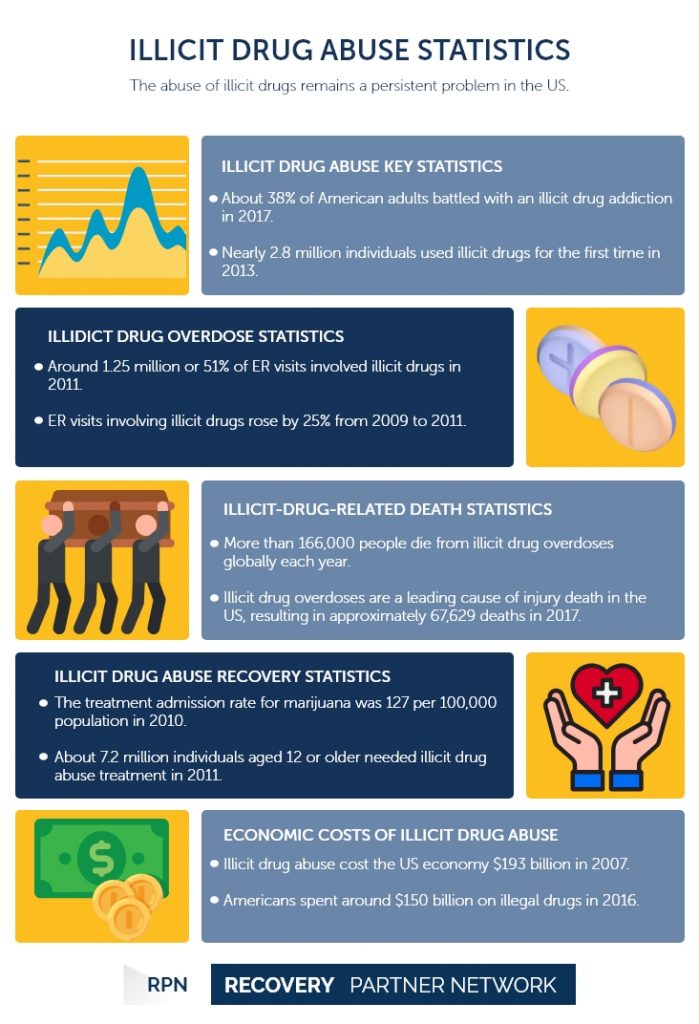 Personally, I have seen the impact of prescription drug abuse on my own family. My younger brother became addicted to prescription painkillers after a sports injury and struggled with addiction for years. It was only after he received specialized treatment and support that he was able to overcome his addiction and rebuild his life.
Personally, I have seen the impact of prescription drug abuse on my own family. My younger brother became addicted to prescription painkillers after a sports injury and struggled with addiction for years. It was only after he received specialized treatment and support that he was able to overcome his addiction and rebuild his life.
The Link Between Mental Health and Drug Addiction
One often overlooked aspect of drug addiction is the connection between mental health and substance abuse disorders. Individuals who are struggling with anxiety, depression, post-traumatic stress disorder, or other related conditions may be more likely to turn to drugs as a form of self-medication. Furthermore, addiction can exacerbate existing mental health issues, leading to a cycle of dependence that can be difficult to break.
 Research shows that treating underlying mental health issues is critical to overcoming addiction. This involves developing coping mechanisms for stress and anxiety, identifying triggers for substance use, and exploring the root causes of addiction in a safe and supportive environment.
Research shows that treating underlying mental health issues is critical to overcoming addiction. This involves developing coping mechanisms for stress and anxiety, identifying triggers for substance use, and exploring the root causes of addiction in a safe and supportive environment.
The Importance of Education and Prevention
Ultimately, the key to addressing the issue of drug addiction lies in education and prevention. By raising awareness of the risks associated with drug use and providing resources for individuals and families affected by addiction, we can work towards creating healthier communities. Furthermore, by investing in specialized treatment programs for those struggling with addiction, we can help individuals overcome their dependence and lead fulfilling and productive lives.
Question and Answer
Q: What are some risk factors for drug addiction?
A: Risk factors for drug addiction include a genetic predisposition to addiction, early exposure to drugs, a history of trauma or abuse, and underlying mental health conditions.
Q: How can I help a loved one struggling with addiction?
A: Supporting a loved one struggling with addiction involves providing a listening ear, understanding the signs of addiction, and encouraging them to seek specialized treatment. Furthermore, offering emotional support and guidance can help individuals overcome the negative effects of addiction.
Q: What are the most commonly abused substances?
A: The most commonly abused substances include alcohol, tobacco, marijuana, prescription painkillers, and illicit drugs such as cocaine and heroin.
Q: Can addiction be cured?
A: Addiction is a chronic disease, but it can be effectively treated through specialized programs, medication-assisted treatment, and psychological therapies.
Conclusion of Illicit Drug Use Statistics
Illicit drug use statistics reveal a growing concern that affects individuals and communities worldwide. From the opioid crisis to the prevalence of teen prescription drug abuse, addiction is a complex issue that requires specialized treatment and support. By raising awareness, investing in prevention programs, and providing resources for those struggling with addiction, we can work towards creating healthier communities and a brighter future for all.
Gallery
Illicit Drug Abuse Statistics - Recovery Partner Network

Photo Credit by: bing.com / statistics illicit drug
Prescription Drug Abuse In The United States | Beauterre Recovery Institute

Photo Credit by: bing.com / abuse prescription drug drugs infographic united states alcohol results survey illicit between teen future high statistics vs gun study teens
Chart: UK A Hub For Illicit Drug Sales | Statista

Photo Credit by: bing.com / illicit statista chart
Illicit Drug Use In America - Statistics - Infographics By Graphs.net

Photo Credit by: bing.com /
Vermont Drug Problem » Statistics
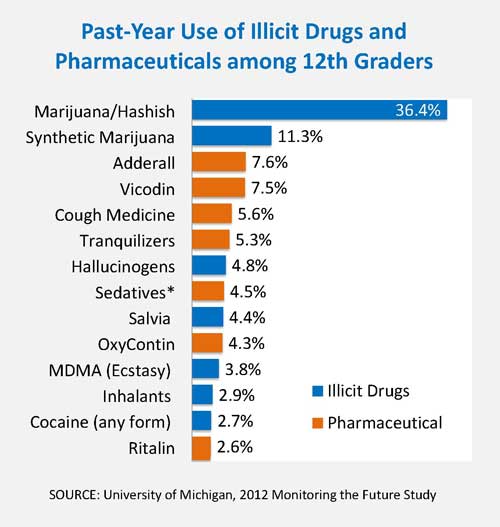
Photo Credit by: bing.com / adderall prescription adhd vermont institute treatment
